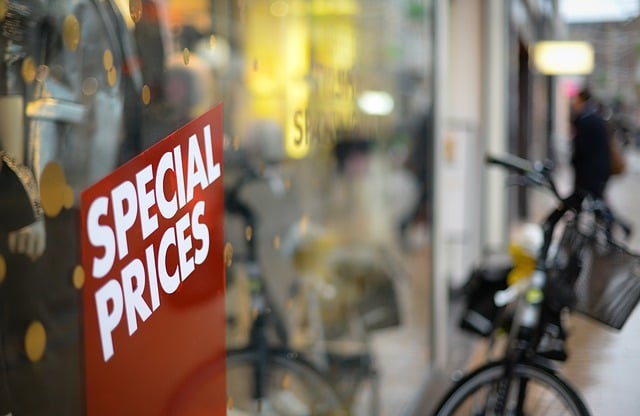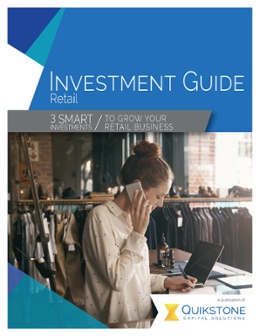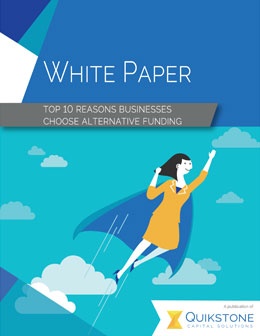 Everyone knows that price matters, but lowering prices is not always your best option. In order to move products off your shelves, sometimes you need to be creative. This may even involve increasing your prices to reflect an item’s exclusivity. As with any other industry, it is important to know the true cost of your inventory including acquisition and display costs in order to create a pricing structure that is both attractive to customers and profitable. Here are 6 ways to increase retail sales with creative pricing.
Everyone knows that price matters, but lowering prices is not always your best option. In order to move products off your shelves, sometimes you need to be creative. This may even involve increasing your prices to reflect an item’s exclusivity. As with any other industry, it is important to know the true cost of your inventory including acquisition and display costs in order to create a pricing structure that is both attractive to customers and profitable. Here are 6 ways to increase retail sales with creative pricing.
Increase Prices To Illustrate Exclusivity
Raising prices does come at a risk, as you need to consider the reaction of already loyal customers. There are some steps you can take to mitigate that risk, but the reality is that increasing prices can actual help bring in more customers. As a specialty retail store, you likely thrive on unique, hard to find items. Promoting the exclusivity of your products by pricing them according to rarity and originality can encourage customers to make a purchase based on the fact they know not everyone has it. People love one-of-a-kind items as they help them to express their individualism and for many the feeling is, “the higher the price, the more exclusive the item”.
Bundle Complimentary Items
Bundling items that are commonly used together can help you move inventory and increase sales on lesser-known products. This is a tactic used by a diverse group of industries, most commonly in communications. Bundling helps cable companies build interest in newer or less successful products by including them in value package deals. The same can be done in specialty retail to bring awareness to new product lines and relatively unknown items. You always want to ensure your bundles bring value to your customers without negatively affecting your bottom line.
Stock Up On Small Inventory
“Smalls”, as they’re known in the retail world, bring in customers and represent a large percentage of specialty retail sales. These items tend to pique the interest of new visitors to your store as they present an affordable option to “test drive” your products. Smaller, less expensive items make great impulse buys and should be placed near your check-out area as impulse items. Offering unique small merchandise at a reasonable price can increase the likelihood that first time visitors become loyal customers.
Uniform Pricing Structure
Setting a uniform price for similar products can encourage shoppers to spend more on an individual want or need. An example of this comes from fast food value menus that offer a variety of food of similar value for one low price. Believe it or not, being able to easily add up the costs of a group of items influences consumers to spend more. If done correctly uniform pricing will bring slight adjustments to individual prices both up and down. The perceived savings on the more valuable items will counteract any negative feelings towards the slightly overpriced ones.
Customer Rewards Programs
Customer rewards programs allow you to offer special pricing and unique promotions to your most loyal customers. As any owner knows, loyal customers are the lifeblood of small business. These programs allow you to target a segmented audience with deals on items that mirror prior purchases. Email campaigns and company newsletters are great ways to keep your existing customers engaged and promote loyalty and brand evangelism.
Buy One Get One Free
Most small businesses don’t have the profit margins to run a true “buy one, get one free” campaign but there are some effective variations that can be implemented. You can offer small discounts on complimentary items in an effort to upsell a customer. Be sure the additional products will actually provide value to your customers and offer them a choice of add-ons. As always, closely inspect the impact any discounts will have on your company’s profitability.
Click Below For More Ways To Grow Your Retail Business





